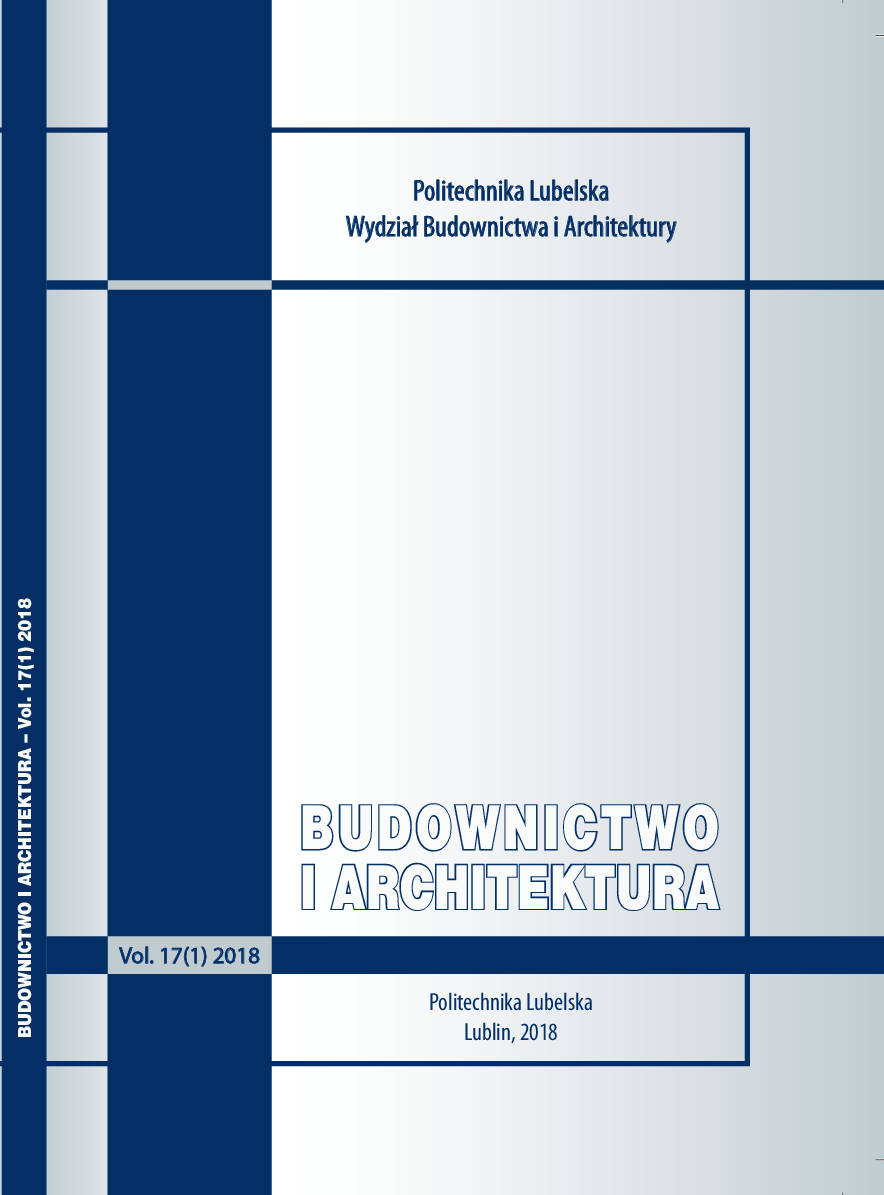Percepcja miejsc węzłowych w ujęciu kulturowym. Studium przypadku dzielnic zamieszkałych przez ludność żydowską w Polsce centralnej
Perception of focal places in the cultural approach. Case study of districts inhabited by Jews in prewar central Poland
Author(s): Małgorzata HanzlSubject(s): Jewish studies, Architecture, Local History / Microhistory, Recent History (1900 till today), Interwar Period (1920 - 1939)
Published by: Biblioteka Politechniki Lubelskiej
Keywords: urban morphology;anthropology;public space;Jewish culture
Summary/Abstract: Perception of urban space differs according to the addressee group. In order to examine meanings assigned to urban structures and ways how space is used by different cultures, the current elaboration uses a method based on analyses of urban morphology, anthropology and cultural studies. The case study refers to relations between forms ofneighbourhoods inhabited in the prewar times by Jewish communities and aspects of their everyday lives. While the diversity of lifestyles of the community of Polish Jews was at the time striking, some features may be clearly identifi ed, especially when referring to its traditional faction. These features were clearly refl ected by the forms of urban structures, in the neighbourhoods where Jews lived. Three primary spheres of social life were related to the three essential areas of Jewish life: religious, domestic and professional. These fi elds determined specifi c ways of spatial organisation of urban fabric, especially inside urban blocks. The forms of internal connections inside and between blocks of development may be noticed regardless the formal layout of plans of towns and villages, where Jewish communities lived.
Journal: Budownictwo i Architektura
- Issue Year: 17/2018
- Issue No: 2
- Page Range: 91-106
- Page Count: 16
- Language: Polish

